Angle
⫸ Free YouTube Subscription
A crash can happen in a split second, but the angle of impact can shape everything that follows. Whether it's a side swipe, a T-bone, or a head-on collision, the direction your vehicle is struck can greatly increase the risk of serious injury or even death. Recognizing how and why angles matter can help you anticipate danger and avoid the worst outcomes on the road.
Why are side-impact collisions often more deadly than other types of crashes? How does the direction of impact affect the injuries drivers and passengers suffer? What kind of damage should you expect from a glancing blow compared to a direct hit? How can understanding collision angles help you stay safer at intersections? What role does vehicle speed and position play in determining the force of impact?
This page helps drivers understand the critical role that collision angles play in crash severity and survivability. By learning how different types of impacts unfold, you gain insight into which driving situations pose the most risk and how to minimize your exposure to them. Whether you're navigating through traffic or approaching an intersection, this guide gives you the tools to think ahead, adjust your positioning, and reduce the chances of a life-changing collision.
With regards to driving, we are mainly interested in two types of angles:
180°:
This is where a vehicle impacts another object head on and is the worst-case scenario as the energy is completely absorbed by the objects involved in the collision.
If there is no other choice but a head on collision, then try to hit the object off-center of your vehicle. The more the impact is to the one side of the vehicle, the more the energy of the impact will be used in spinning the vehicle. This is called controlled deflection.
Non 180°:
If it is unavoidable to impact another object, always try to do so at an angle and not head on because the energy will then be dissipated into the movement of the vehicle into a different direction.
The narrower the angle of impact between the two vehicles, the less the danger is, ranging from 0° (parallel, same direction and no danger), to the worst 180° (head on).
⧋
🡄 Previous Page Next Page 🡆

